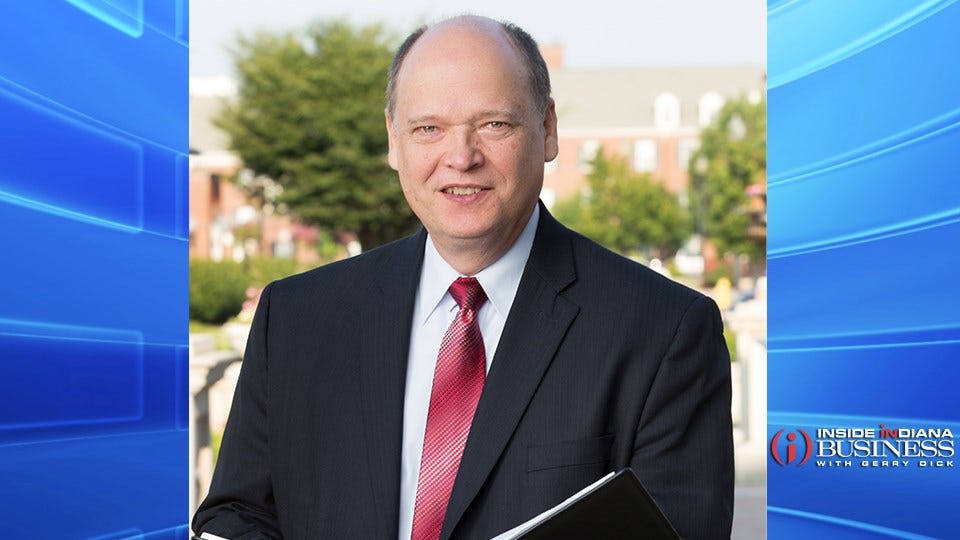Stop Fundraising, Start Connecting: An EASY Transition
Subscriber Benefit
As a subscriber you can listen to articles at work, in the car, or while you work out. Subscribe Now
We experienced Giving Tuesday on the last day of November and December is the time of year when an estimated 30% of charitable giving for the year occurs. In fact, nearly 12% happens in the last three days of December. So, who do you think is opening their wallets? Businesses? Individuals? Volunteers? Supporters? Strangers? Are you seeking to reach them through traditional “fundraising” channels? Well, I like to encourage clients to STOP fundraising and start connecting.
If the pandemic has reinforced anything it’s that we need to rely less on special events and time-consuming efforts and spend more time connecting with donors and building meaningful relationships. During the pandemic, thousands of events have been challenged around the country, including theatrical events, concerts, 5Ks, golf outings, galas, runs, walks, chili suppers, festivals, and many others. To soften the blow, some organizations have investigated virtual opportunities, while others have postponed or cancelled the events.
Even the traditional year-end appeals have been impacted by global supply chain issues and the Postal Service’s slowed mailing schedule. The impact from an environment beyond your control is still being measured, but it stands to affect groups for months or years to come. What can we do and what steps should we take toward making those vital connections and developing consistent, passionate, supporters? Here are EASY actions to help shift your focus and become more resilient in the process.
Educate Your Team
Educate your entire team on the strength of developing strong individual relationships and becoming less transactional and more efficient in developing funding. According to Giving USA, in 2020, nearly 80% of the giving in the United States originated from individuals; 69% directly and 10% through bequests. Only 5% came from corporations and the remainder from foundations. Some of that originated through special events, but the majority started with a simple emotional understanding built on the human need to connect. Quantify and communicate the time saved with fewer special events and appeals!
Assess Your Database
Take a good look at your database. How well do you know your donors? How are they prioritized? Who is missing? What does your tracking look like and is an individual truly responsible for maintaining donor connection and linkage? The term “friendraising” was coined many years ago but still applies to the approach you need with your database. You should know nearly as much about your donors as you do your friends.
STOP Fundraising
Stopping “fundraising” as a transactional method is something organizations never like to hear. In reality, many can’t stop on a dime, but they can start the process of becoming less dependent on special events, annual mailings, etc. It’s easier when analyzing the true cost of staff and volunteer time in these activities but quantifying operational costs can be difficult for some. Why? Fixed costs are somewhat hidden in the regular operations, but that is no reason to ignore them. In addition, consider the “opportunity costs.” What could staff, or volunteers be doing if it weren’t for the event or mailing? Let’s face it, when staff and volunteers are focused on an event, there are a dozen or more other needs that are being ignored, like donor development, membership growth, marketing, volunteer recruitment, database work.
Special events can have a purpose, but their staging shouldn’t be sustained just because “everyone had a good time,” or “we’ve always done it.” Especially, when the primary goal is to raise funds. The need to raise awareness or build a database may be one of the few times I’d recommend embarking on an event.
Start Connecting
Building connections and true donor development are about developing deeper relationships, engaging donors in your work, and creating an atmosphere of trust and understanding. For some, it may mean tailored newsletters, creative thank yous, or personal visits. Others may need a tour of your facility, regular reminders of your stories, or how you used their donation.
Get to know and really understand them and their passions. Let donors know if they are one of a few who give a heightened level of support to your organization. Creating and building this linkage to the organization will pay long-term dividends. It’s where many bequests are born and it provides connections that are less likely to be interrupted by outside pressures like pandemics, supply chain issues, and the postal service.
Yield Additional Funds
Be prepared for short-term pain in exchange for long-term gain as you work toward effective donor connections and development. Be patient, and methodical. Every organization can cultivate donors passionate about the cause, connect them more firmly with the organization, and as a result, more efficiently yield additional funding for their needs. Ultimately, you can raise the same amount, or more money, in less time and with less burden on the organization. It’s where you trade transactions for transformations and a well-thought development program pays off. I’ve seen it work and held the hands of several organizations as they cautiously changed.
Effective organizations will survive in challenging times. With a new year soon upon us, there may never be a better and more profitable resolution to make than, “We’re going to stop fundraising and start connecting.”
David J. Fry MPS, CDT is Founder/CEO of Effective Advancement Strategies in Greensburg and consults with businesses and nonprofits throughout Indiana. He may be contacted at strategies@etczone.com.
